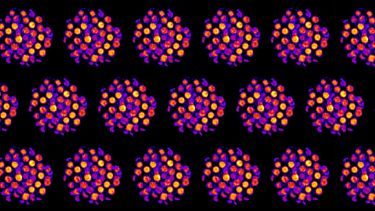New research published this week in Nature Plants by the Johnson Lab explains how plants switch from photosynthesis to photoprotection when transitioning from cloudy to sunny conditions.
The new research used structured illumination and atomic force microscopies to image the morphological changes in plants chloroplasts as they transition from low to high light and chlorophyll fluorescence analysis to understand the functional consequences. The measurements show how the high and low light structures favour photoprotection and efficient photosynthesis respectively.
Dr Johnson explains “It was thought for many years that chloroplast structure was fairly immutable but our work shows that they are dynamic on a timescale of minutes and that these changes allow plants to control the flow of electrons between the photoprotective and photosynthetic pathways”
“Our imaging shows that in high light the photosynthetic membranes in the chloroplast stack up tightly limiting their interaction with the other half, this partition creates separate pools of one of the key electron carriers, ensuring the photoprotective pathway can be activated. However, this comes at a price since part of the system isn’t operating in photosynthesis. Therefore, once light levels fall once agin as clouds come over the plant transitions to a low light state with reduced membrane stacking, ensuring the full electron carrier pool is efficiently devoted to photosynthesis.”
“The efficiency with which plants transition between photosynthesis and photoprotection has already been shown to increase crop yields. The added understanding brought by this work could therefore provide further clues on how we can grow more food to feed a growing population and produce more biofuels from plants and algae to meet future energy need”
Professor Peter Horton FRS, the Chief Research Advisor at the University of Sheffield’s Grantham Centre for Sustainable Futures praised the work “This remarkable discovery brings together several previously unlinked phenomena in photosynthesis and merges them together into a coherent model. It is particularly apt that the work should be carried out in Sheffield, since not only does it build upon some of my own research done in the 1980s but it is also based on the pioneering insights into the metabolic changes occurring in plants as they transition from dark to light made by Professor David Walker FRS here 4 decades ago.”


